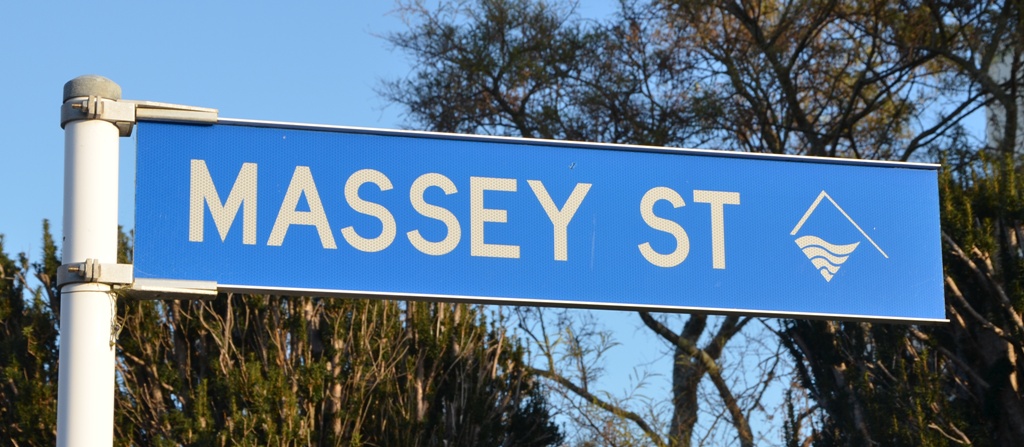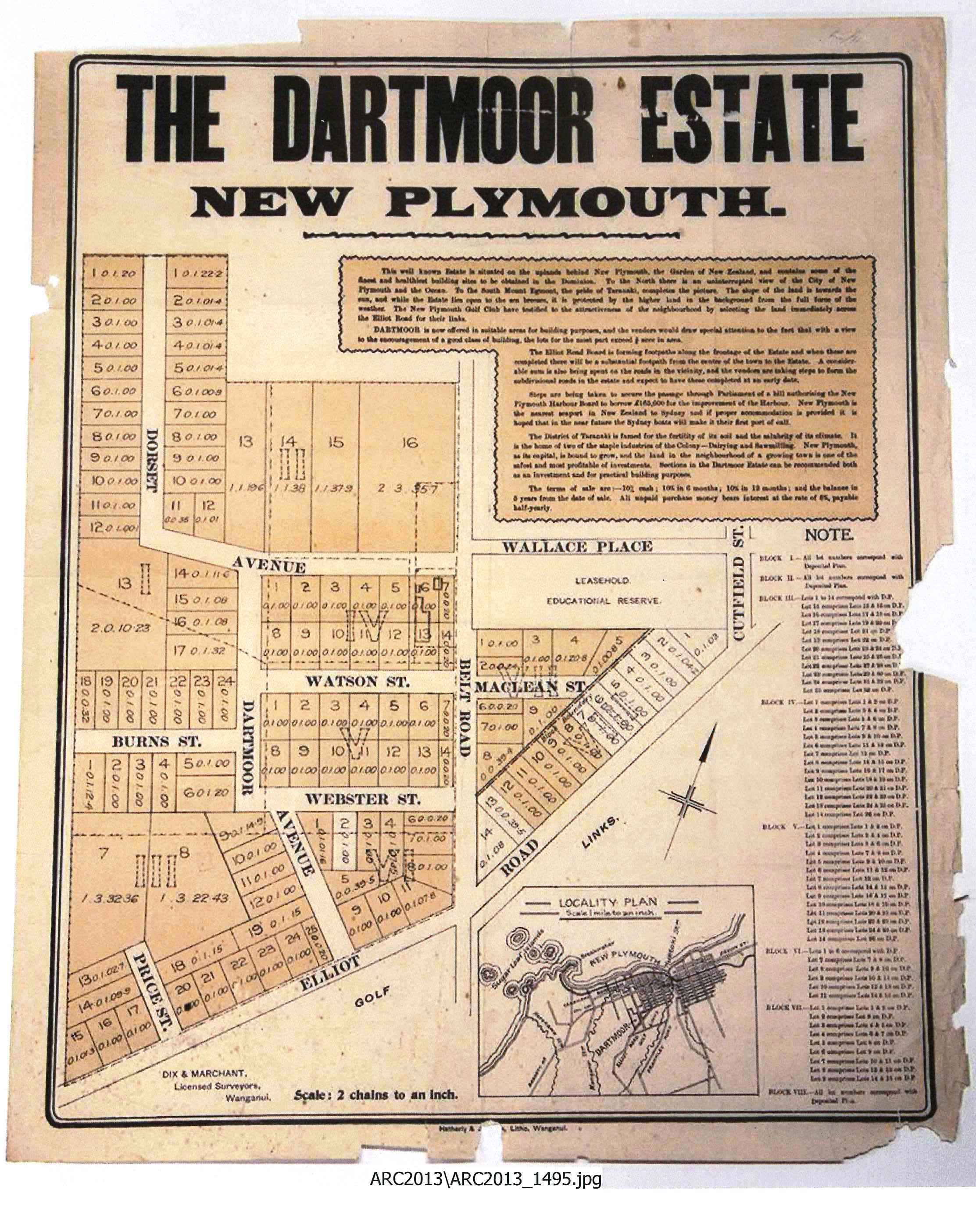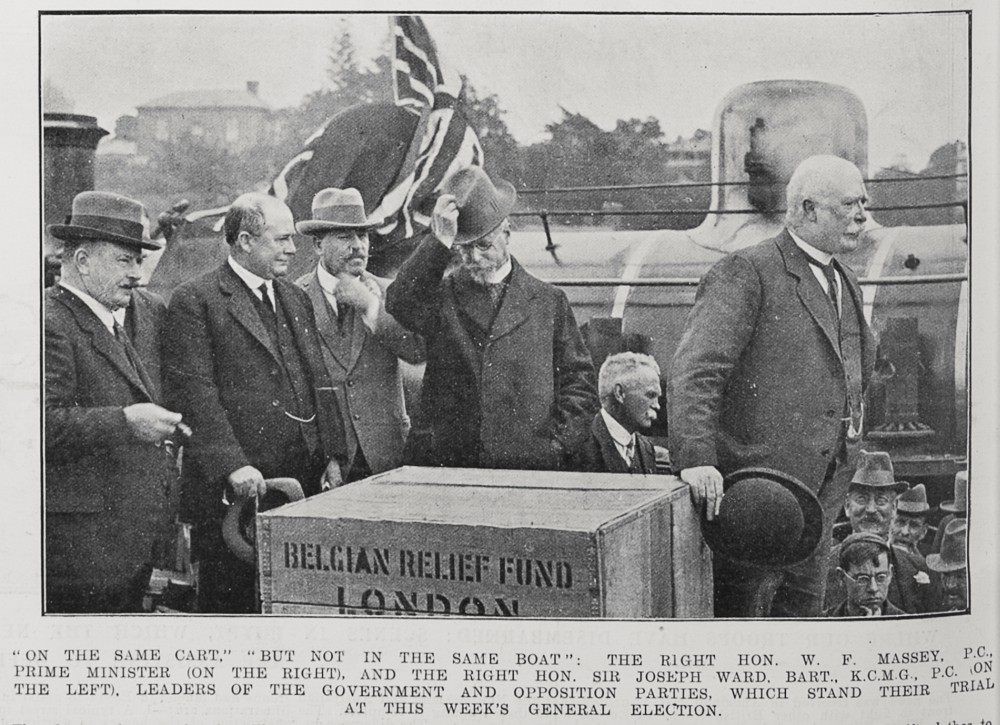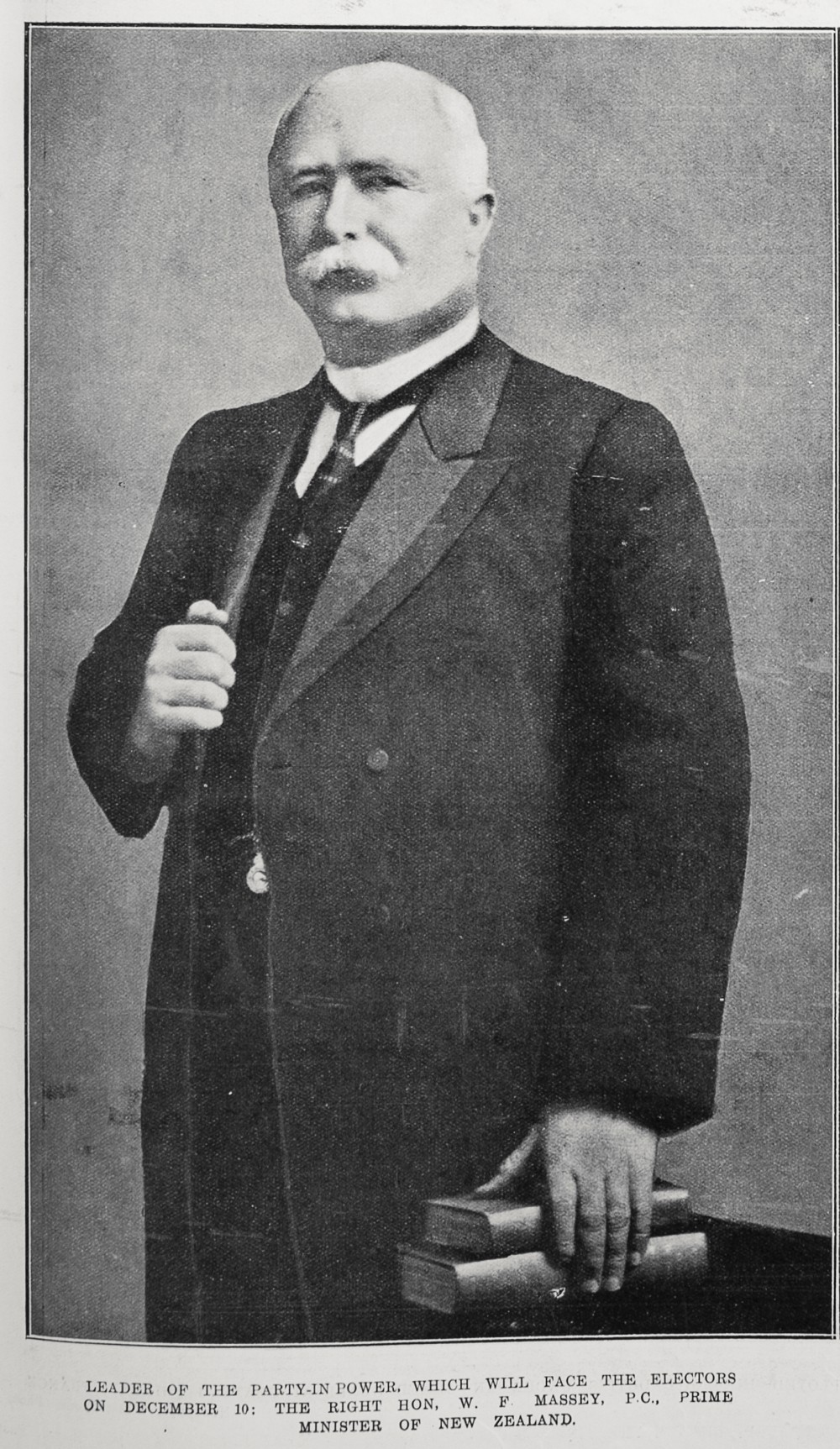







Westown's Massey St was named after New Zealand's second-longest serving leader, William Ferguson Massey.
He was born in Northern Ireland in 1856, and his family came to New Zealand in 1870, where he earned a living working on their Auckland farm. He caught the eye of his neighbour, Christina Allen Paul, and on 5 April 1882, Massey married her in the Māngere Presbyterian Church. They went on to have seven children, two of whom followed in their father's political footsteps.
By the early 1880s, Massey was involved in many organisations around Māngere, including being acting chairman of both the Māngere School Committee and the Māngere Farmers' Club, while running his farm.
In 1891, Massey was invited to participate in the formation of a conservative National Association to oppose the Liberal Government led by John Ballance. He became vice-president and entered Parliament in 1894, after winning a by-election.
By 1903, he was the Leader of the Opposition and continued to gain popularity during the next decade. In 1912, Massey and the Reform Party defeated the Liberals and he became prime minister.
During his time as prime minister, he was forced to deal with two major disputes: the 1912 Waihī miners' strike and the 1913 waterfront strikes. His heavy-handed response was to introduce "Massey's Cossacks," a group of constables who were employed to break up strikes, often with the use of force.
While Massey's supporters saw this measure as necessary, opponents vilified him. New Plymouth's Puke Ariki has a cat-o'-nine-tails whip in its heritage collection used by Massey's Cossacks in an effort to break up Wellington's waterfront strike in March 1913.
Massey represented New Zealand on the international stage during World War One. He joined the Imperial War Cabinet and openly supported the British military. Soon after the war, in June 1919, Massey travelled to the Paris Peace Conference and signed the Treaty of Versailles.
Massey died on 9 April 1925, of cancer. He was still prime minister at the time but had been forced to hand over many of his duties as cancer continued to weaken him.
He was buried at Point Halswell at the entrance to Wellington Harbour.
This story was originally published in the Taranaki Daily News.
* Massey Street was originally going to be named Watson Street (as shown on map linked below), but to avoid confusion with the town's other Watson Street, the name was changed.
Related item:
Taranaki DP2765 Sheet 1, ICS Pre 300,000 Cadastral Plan Index (Imaged by LINZ)
Please do not reproduce these images without permission from Puke Ariki.
Contact us for more information or you can order images online here.